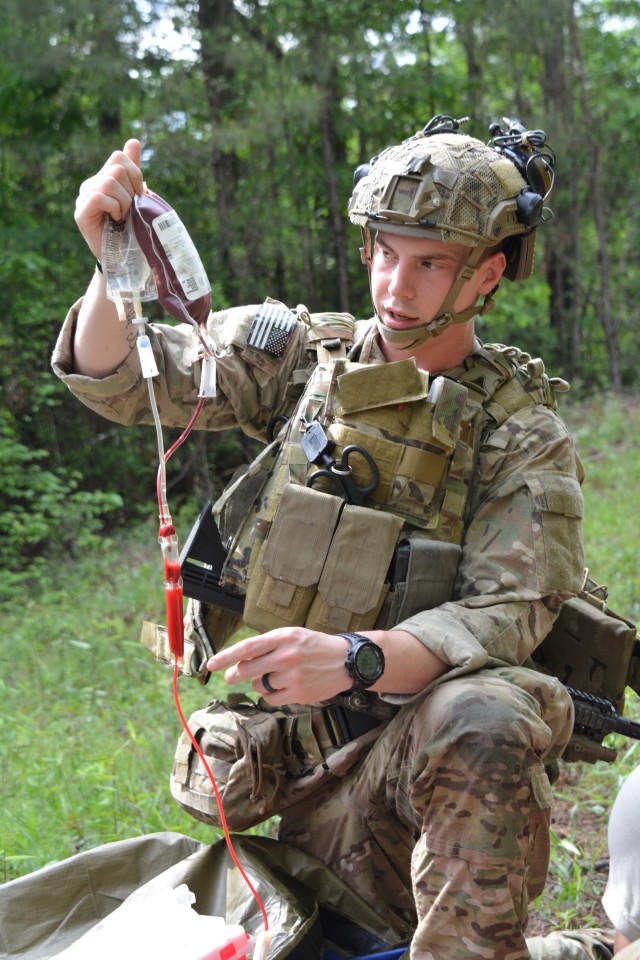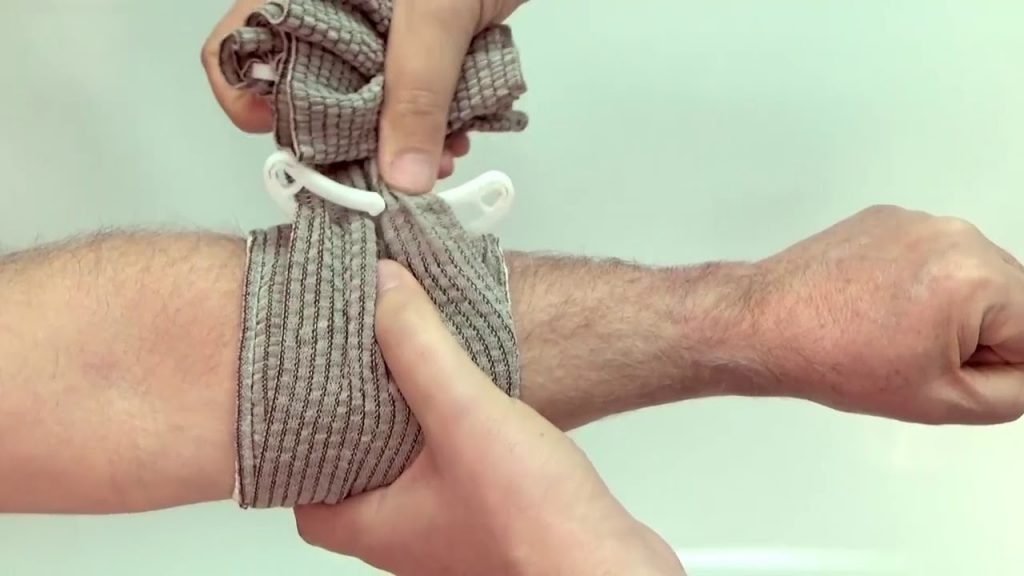Is a “High and Tight” Tourniquet Wrong?

“If the tourniquet isn’t high and tight, you’re wrong.”
While this isn’t wrong advice, it’s important to understand where this tourniquet procedure came from and why we’re constantly being told to place the TQ as high up on the limb as possible.
I agree that all tourniquets need to be tight enough to stop bleeding, but why’s it so important to place it high on the limb?
Most people don’t realize that this word of advice is passed down to civilians from the military, who had to learn things the hard way.
Huge advancements in medicine have been made by militaries attempting to wage more efficient war, and while useful, we must remember the big differences between combat medicine and civilian EMS.
On the face of the problem, it doesn’t look like that big an issue. Trauma is trauma and the same techniques work in all environments, right?
Not necessarily.
Combat medics love to say: “Good tactics doesn’t always mean good medicine.” A medic taking accurate PKM fire is going to do things much differently then his colleagues might in a clean and safe hospital.
While the injuries might be the same or similar, the area of operation is the important distinction.
The military operates in austere environments, far from surgeons and the operating table where lives are actually saved. On top of that, they are likely to be in a hostile environment.
Danger is a constant companion on the battlefield, and because of that, there are things that are done to save lives that aren’t as applicable in the civilian world.

Why Are We Taught “High and Tight?”
Since the combat medic is likely to be taking fire (Care Under Fire Phase), or at the very least, applying a TQ while in significant danger, they are taught not to bother looking for exactly where the wound is.
This comes from the type of warfare being waged as well. IEDs are the most effective ways enemy fighters in Afghanistan and Iraq have of fighting against the US Military. Body armor is effective at protecting the vital organs but the legs and arms are still exposed, and this is where the majority of severe injuries are taken.
Since there is a good chance for limb amputation from an IED, and because the TQ is being applied in a very dangerous situation, combat medics are taught to place the TQ “High and Tight,” to save time.
Example:
A squad in combat takes a casualty. The medic pulls him behind cover and sees there is blood soaking through his pants but doesn’t know where on the leg the bleeding is coming from.
Instead of taking the time to discover exactly where the injury is, the medic instead places a TQ as high on the limb as he can, tightens it down, then goes back to the fight.
At the next available opportunity (when things are safe enough) the medic then does a more detailed exam to make sure the bleeding is controlled, and no other wounds need caring for.

What It Means
We civilians need to be aware that many of the techniques we know for treating trauma patients come from the military and that they might not be the best for our current situation.
As a civilian, you’re much less likely to be involved in a major fire fight or be in a very dangerous situation for both you and your casualty.
This means you have a little more time to ensure you’re using the right technique to control blood loss. If the injury is covered up with clothing, how can you be certain the bleeding is bad enough to require a TQ?
Trying to treat a casualty blind isn’t impossible, but it sure makes things more difficult. Does the wound need a TQ? Or can it be treated with a simple pressure dressing or maybe even a big Band-Aid? You won’t know until you get eyes on the injury.
Look at the Wound
If you aren’t in danger, take the time to expose the wound to see what you’re dealing with. Take their shirt off, cut off their pants, or do whatever you have to so you can actually see the problem you’re trying to solve.
Once you know exactly where the wound is and how bad it is, the correct procedure is to apply a TQ 2-4 inches above it. Make sure you aren’t placing the TQ over a joint, like a knee of elbow or you won’t stop the bleeding.
Or, if you rip open the shirt and see the bleeding isn’t quite as bad as you first feared, you might be able to treat it adequately with a pressure dressing.
A side note about this:
When in doubt, apply the TQ.
If you get eyes on the wound and you aren’t sure if it needs a TQ or just a pressure dressing, place a TQ anyway to be safe.
Multiple studies show that TQs aren’t nearly as dangerous as once feared and often the best choice, when uncertain, is to apply one until a doctor can see the victim. As long as they get to the hospital within 2 hours, there won’t be complications from the tourniquet.
However, if you decide to use a pressure dressing, make sure to closely observe the wound to see if blood soaks through the bandage. If this happens, the bleeding is not controlled, and you should immediately apply a TQ 2-4 inches above the injury.
The Take Away
Placing the TQ, “High and Tight” might be good tactics, but not good medicine. Whenever we have the opportunity, we should choose good medicine. Take a moment to observe the wound if the scene is safe to do so.
